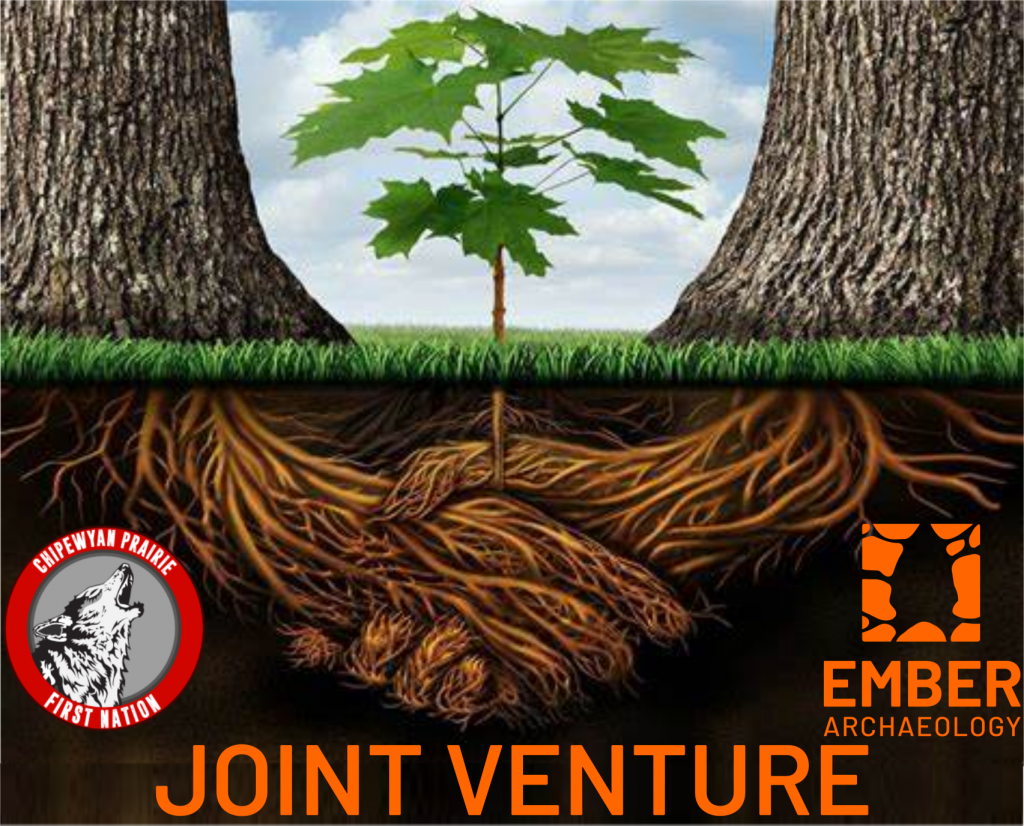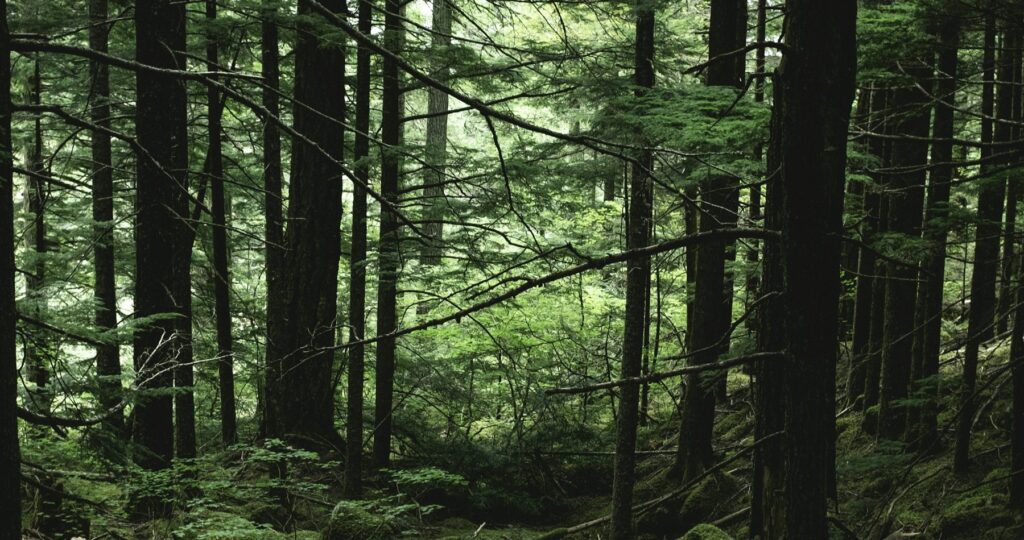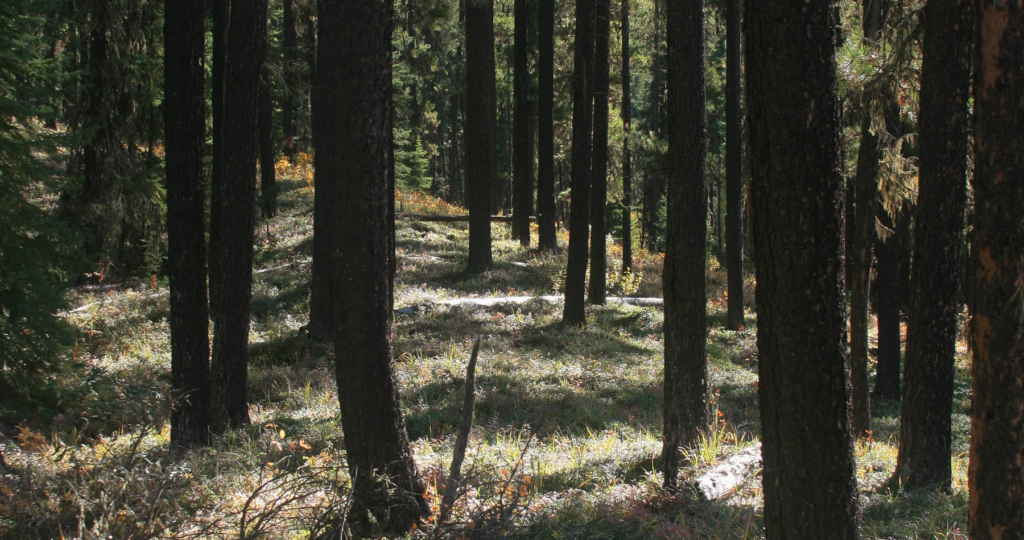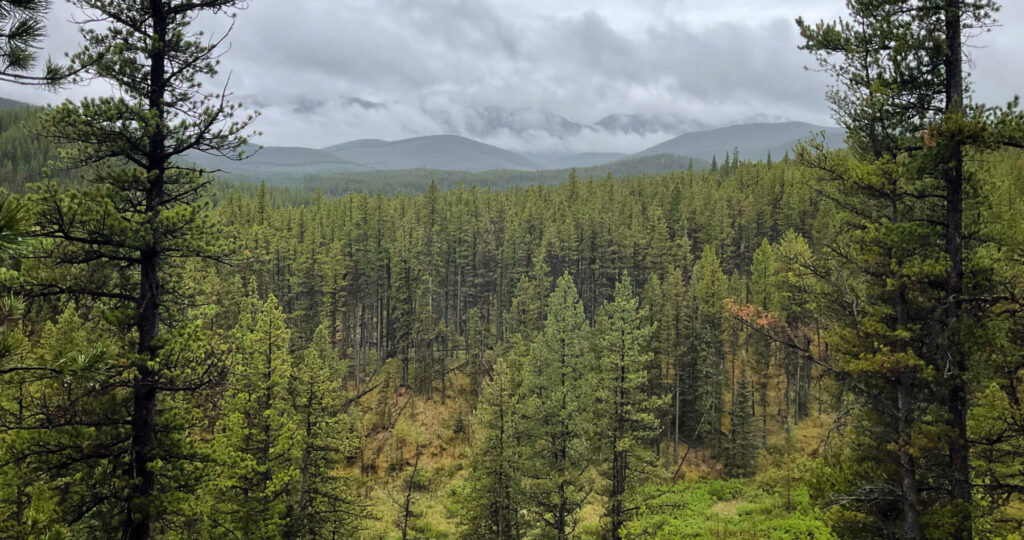Post Category : Heritage Management Local Archaeology
PRESS RELEASE – CPDFN / Ember Joint Venture
CPDFN and Ember are looking forward to a more culturally-aware way of doing business, one that improves the outcomes for both Indigenous people and their heritage.
Today, Ember Archaeology announces its joint venture partnership with Chipewyan Prairie Dene First Nation (CPDFN), as an important step to helping CPDFN regain stewardship of their ancestral cultural and material remains. This partnership is structured around an approach for Indigenous engagement that is proactive and long-term. The new joint venture business area includes the Regional Municipality of Wood Buffalo, Lac La Biche County, and the Cold Lake Air Weapons Range.
Ember Archaeology, an Edmonton-based archaeology company, is passionate about following and exceeding archaeology best practices, to ensure these non-renewable resources are respected and cared for. The United Nations Declaration on the Rights of Indigenous Peoples (UNDRIP) Article 11, declares that indigenous peoples have the inherent right to “maintain, protect and develop the past, present and future manifestations of their cultures, such as archaeological and historical sites”. In the spirit of this Article, Ember Archaeology is working to improve and advance archaeology practice in Alberta by working with Indigenous people to help them reclaim stewardship of their heritage.
CPDFN calls the Athabasca oil sands region of Alberta home. Industrial development in the region has resulted in impacts to historic resources. Over 3100 archaeological and historic sites in the regions have been reported and registered with the Alberta Government. Of these, more than 1885 (60%) have been approved for impact by development after passing through the review process at Alberta’s Historic Resources Management Branch.
CPDFN has long sought to exercise their inherent right to care for the material remains left behind by their ancestors through consultation regarding ongoing impacts to historical resources in their traditional territories. This will allow the incorporation of Indigenous Knowledge held by their elders, which is viewed as critical to the success of finding, interpreting, and assigning significance to archaeological sites. In the absence of an archaeology consultation process from the Provincial government, CPDFN decided to partner with an archaeological consulting firm to enable them to complete assessments themselves, using a unique approach within an Indigenous Knowledge framework and offering local Indigenous communities meaningful inclusion in the process.
By participating directly in the management of archaeological and historical sites, CPDFN will be able to ensure that industrial development in their traditional territory proceeds according to archaeological best practices and Indigenous community values. Ember is proud to help support these efforts through mentorship, training, and technical support. Ember is equally excited to learn from CPDFN, in an effort to continue to push for better, and more inclusive, archaeological practices. Both CPDFN and Ember are looking forward to a more culturally-aware way of doing business, one that improves the outcomes for both Indigenous people and their heritage.




